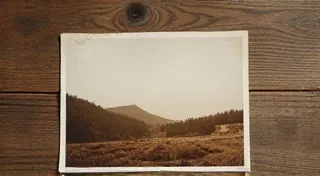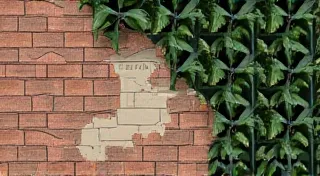Sun-Drenched Fragments: The Vulnerability of Color in Aging Maine Postcards
Maine. The name itself conjures images of rugged coastline, dense forests whispering secrets, and the gentle sway of lobster buoys in a turquoise sea. For over a century, these images—and countless others—have been captured and shared across the country, and the world, on postcards. Holding a vintage Maine postcard isn’t just about possessing a piece of ephemera; it’s about touching a tangible connection to the past, a whisper of a moment frozen in time. But what happens to those vibrant colors, those sun-drenched depictions of a bygone Maine, as the years drift by? The story of their fading is as compelling as the images themselves—a story of chemistry, resilience, and the heartbreaking vulnerability of color.
My grandmother, Elsie, collected postcards. Not in a curated, catalogued way. Her collection was a sprawling, overflowing shoebox, rescued from flea markets and estate sales. I remember, as a child, sifting through the cards, mesmerized by the scenes of Portland’s bustling harbor, the imposing grandeur of the Victoria Mansion in Portland, and the serene beauty of Acadia National Park. Each card felt like a tiny window into a Maine that existed just beyond my grasp. It’s those memories, coupled with a burgeoning interest in the science behind preservation, that have led me down the rabbit hole of understanding how these fragile images age.
The Chemistry of Fading: A Tale of Light and Air
The vast majority of vintage Maine postcards utilize lithography, a printing process that involves creating an image on a flat stone or metal plate with a greasy substance, then transferring that image to paper. The colors themselves were derived from pigments—tiny particles of color—suspended in a binder. These binders, typically gum arabic or gelatin, held the pigments to the paper. Initially, these colors were astonishingly vivid, capturing the hues of Maine's landscapes with remarkable fidelity. But time, as it always does, takes its toll. The fading isn’t a single, uniform process; it's a complex interplay of chemical reactions accelerated by exposure to light, oxygen, and humidity.
Light, particularly ultraviolet (UV) radiation, is the primary culprit. UV light breaks down the chemical bonds within the pigments, leading to a process called photolysis. This essentially weakens the pigment molecules, causing them to lose their ability to absorb and reflect light as they once did, resulting in a dulling and loss of color. Reds and purples, often derived from less stable dyes, are particularly susceptible to this fading. Think of a vibrant red lobster boat slowly transforming into a muted pink, a poignant metaphor for the passage of time.
Oxygen, too, plays a destructive role. Oxidation occurs when pigments react with oxygen in the air, further degrading the chemical structure and leading to color changes. The binder itself is also affected. As it breaks down, the pigments are no longer securely anchored to the paper, and can rub off, exacerbating the fading.
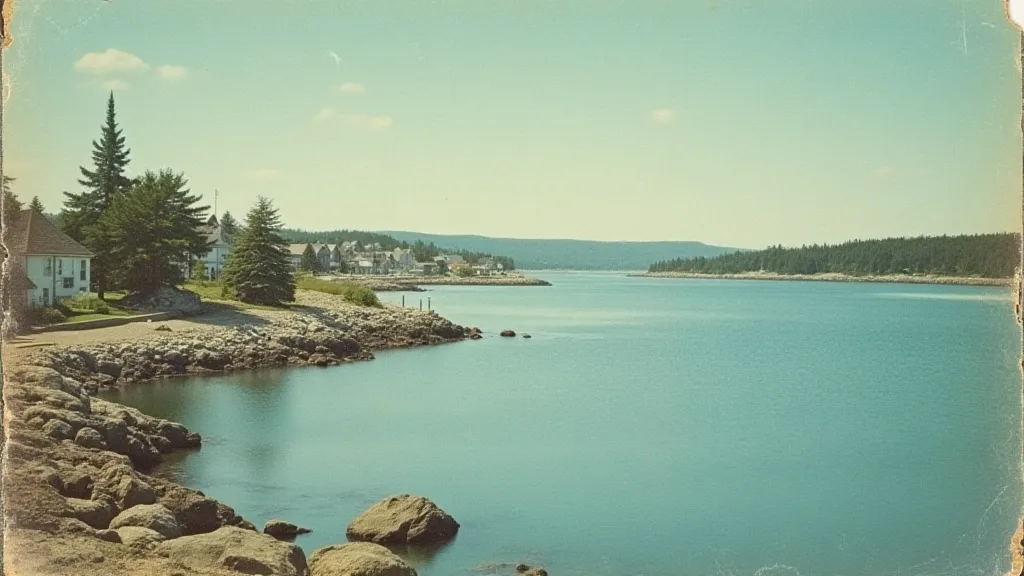
The Spectrum of Degradation: Color by Color
It's fascinating to observe how different colors degrade at different rates. Blues, often derived from Prussian blue, tend to shift toward green or gray. Yellows and oranges can darken and become muddy. The vibrant greens of a Maine forest can lose their clarity, becoming a dull, indistinct mass. This isn't merely a cosmetic issue; it's a loss of historical information. The very color palette used in a postcard can reveal insights into the printing techniques of the era, the availability of specific pigments, and even the artistic preferences of the time. Often, the stories those scenes attempted to tell are now lost to history, leaving us to speculate on the original intent, a concept further explored in articles considering The Postcard's Silence: Gaps in the Narrative of Maine's Early 20th Century.
The paper itself contributes to the problem. Early postcards were often printed on acidic paper, which is inherently unstable and breaks down over time, further contributing to the discoloration and fragility of the image. The acid eats away at the binder, releasing the pigments and accelerating the fading process. The texture of the paper, too, becomes altered, losing its original crispness and becoming brittle.
Preservation Challenges and the Collector’s Dilemma
So, what can be done to preserve these fragile fragments of Maine's past? The truth is, complete preservation is impossible. Time marches on, and chemical reactions, once initiated, are difficult to reverse. However, proactive measures can significantly slow down the degradation process.
Proper storage is paramount. Postcards should be stored flat, protected from direct sunlight, and kept in a cool, dry environment. Archival-quality sleeves and albums offer a physical barrier against dust, handling, and further light exposure. Framing is generally discouraged, as it can trap moisture and exacerbate the degradation process.
The ethics of restoration are a complex issue for collectors. While some minimal cleaning might be acceptable (always performed by a qualified conservator!), aggressive restoration techniques that attempt to "correct" the faded colors are generally frowned upon. The beauty of a vintage postcard lies, in part, in its history—its flaws, its imperfections, its evidence of a life lived and a journey taken. Considering the motivations and stories behind those who sent and received these cards adds another layer of depth, as detailed in The Absent Signature: Unspoken Stories Behind the Maine Postcard Senders, a fascinating look at the human connections embedded within these seemingly simple images.
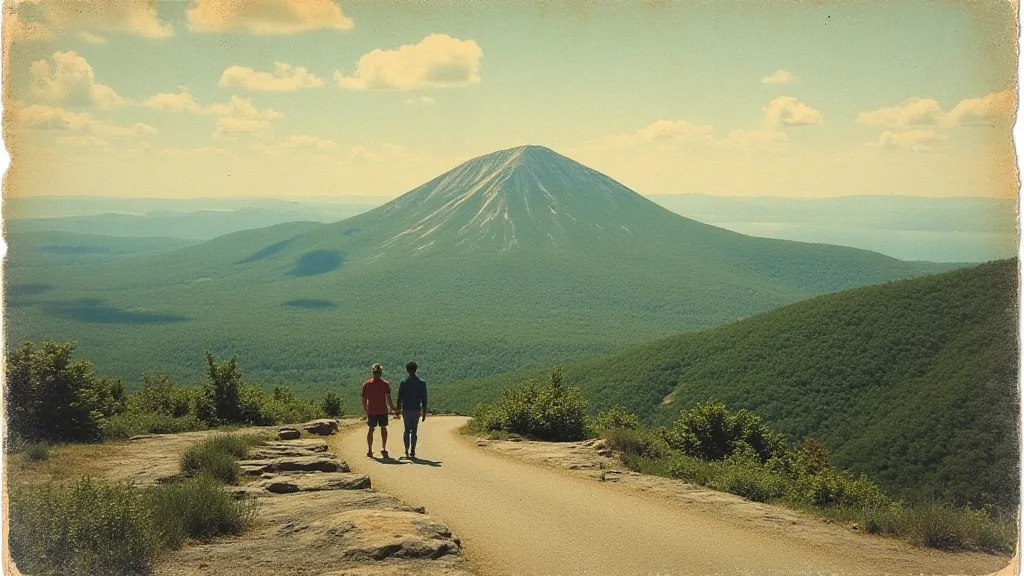
Beyond the Image: The Craft and the Narrative
Looking at these aging postcards isn’t just about analyzing the chemical degradation; it’s about appreciating the human ingenuity and craftsmanship behind them. The lithographers who meticulously crafted these images, the postal workers who faithfully delivered them across the country, the families who cherished and shared them – they all contributed to the enduring legacy of these tiny, sun-drenched fragments. The act of collecting itself, the passing down of these tangible memories, becomes a story in itself, explored further in The Collector’s Legacy: Passing Down a Postcard Story Through Generations. This article delves into the emotional weight carried by those who curate and safeguard these historical snapshots.
My grandmother’s shoebox wasn’t just a collection of postcards; it was a portal to another time, a tangible link to the lives and landscapes of Maine’s past. Holding one of those cards, feeling the texture of the paper, seeing the faint traces of a bygone era – that’s a connection that transcends any restoration or preservation effort. The fading, in a way, becomes part of the story – a quiet testament to the enduring power of memory and the relentless march of time.
The value of a vintage Maine postcard isn't solely determined by its rarity or condition; it's found in its ability to evoke a sense of place, a whisper of history, and a poignant reminder of the fleeting nature of time. Often, the scenes depicted represented more than just a picturesque view; they symbolized aspirations, journeys, and a yearning for something beyond the everyday, themes explored in depth in Beyond the Horizon: The Yearning Embodied in Early Maine Postcard Views. This article investigates how these images served as windows to a wider world for those living in a more isolated time.
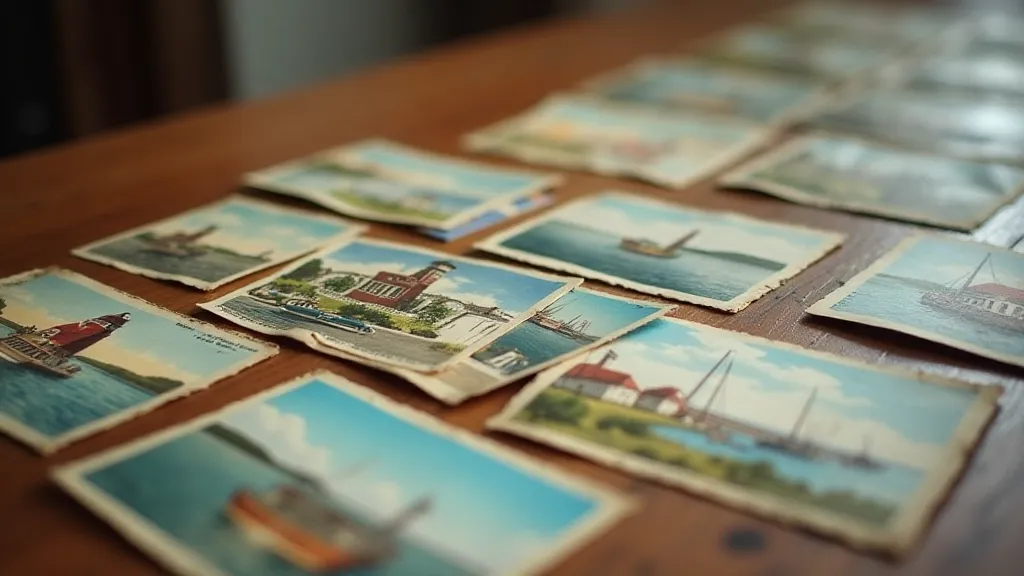
The stories contained within these cards extend far beyond the printed image, representing a crucial link to the past that is often overlooked. While the technological processes and societal shifts surrounding postcard production and distribution have largely faded from collective memory, the tangible fragments remain as powerful reminders of a bygone era. Examining the history of postcard production requires delving into the complexities of early 20th century communication, transportation, and artistic expression, elements that often intertwine to create a rich and multifaceted narrative.
Beyond their aesthetic and historical significance, vintage Maine postcards represent a unique form of mass communication that played a vital role in shaping the state's identity and promoting tourism. The deliberate curation of these images, often chosen to highlight the region's most appealing features, contributed to a romanticized and idealized vision of Maine that persists to this day. Understanding this intentionality is key to appreciating the cultural impact of these small, often overlooked, pieces of history.
The evolution of postcard printing techniques provides further insight into the changing landscape of early 20th century technology. From the early days of hand-tinted lithography to the later adoption of color printing processes, each technological advancement influenced the visual style and accessibility of these images. Exploring these changes provides a unique window into the broader technological progress of the era, revealing how these seemingly simple cards were shaped by larger forces.
The collection and preservation of vintage Maine postcards serve not only as a tribute to the past but also as a call to action for the future. By understanding the fragility of these images and the challenges they face, we can work to ensure that they continue to inspire and inform generations to come. The stories they tell are a testament to the power of memory and the enduring human desire to connect with the past.

